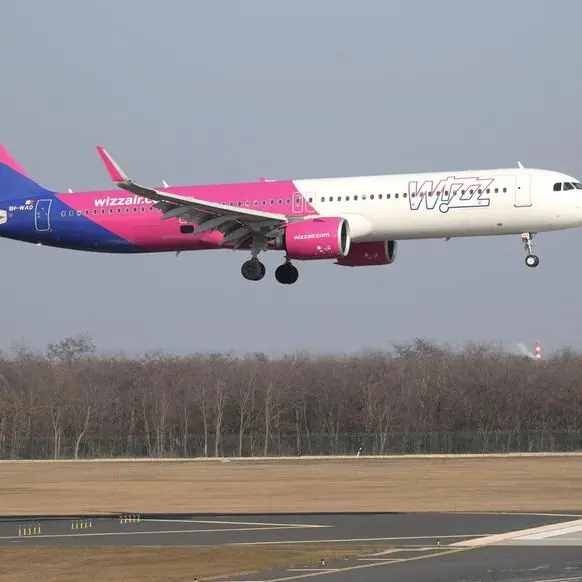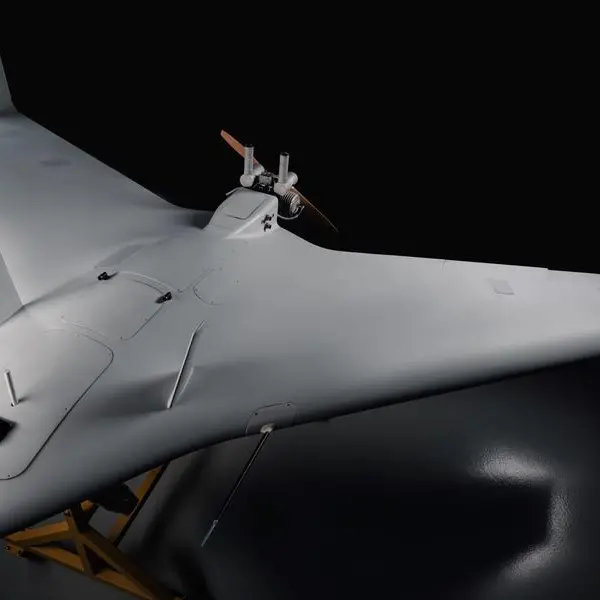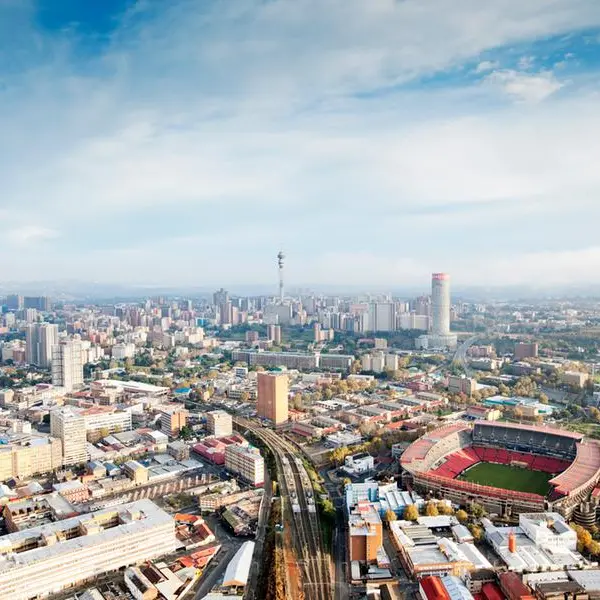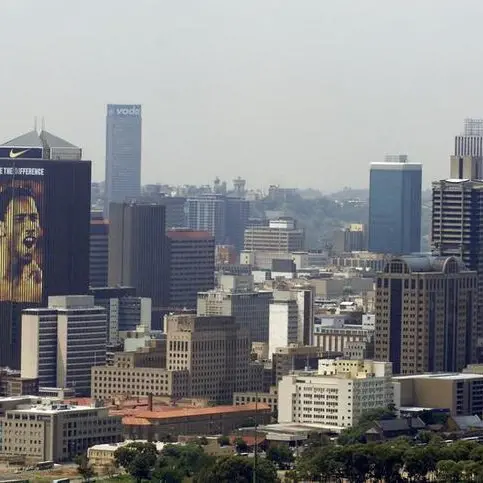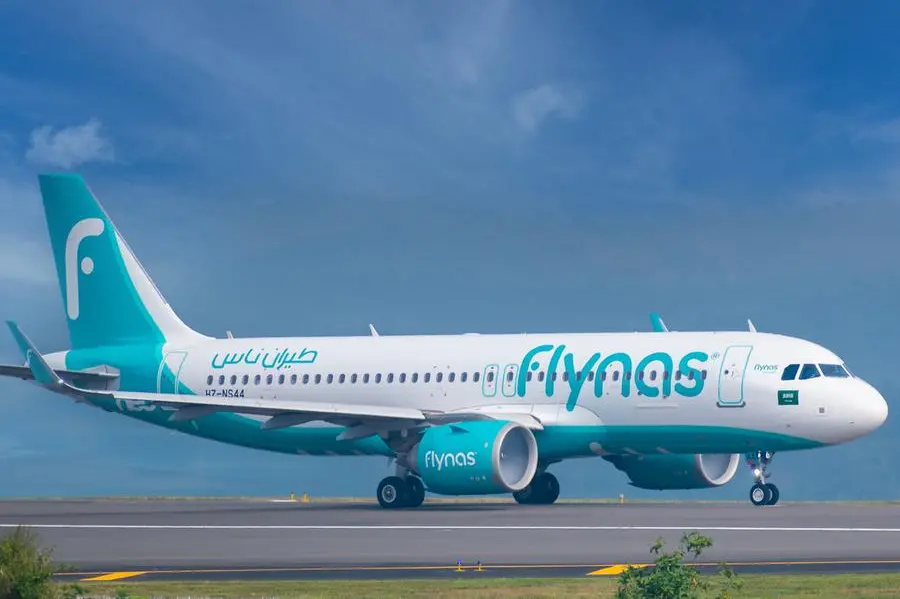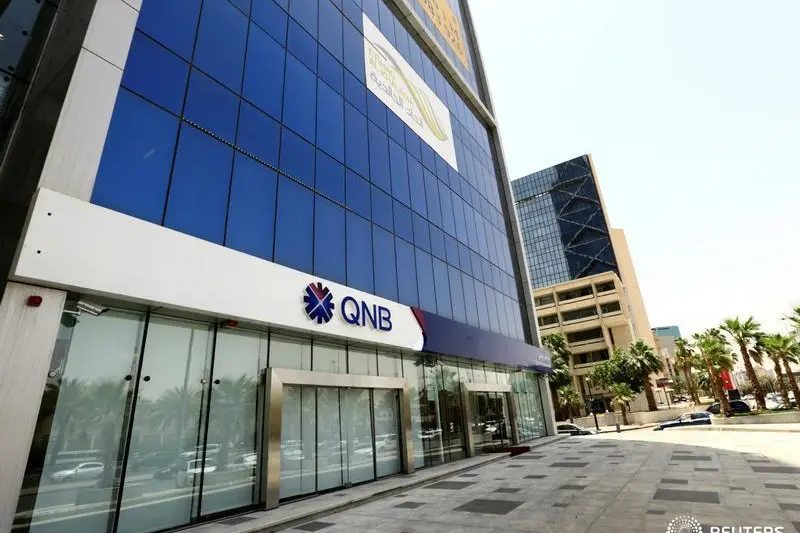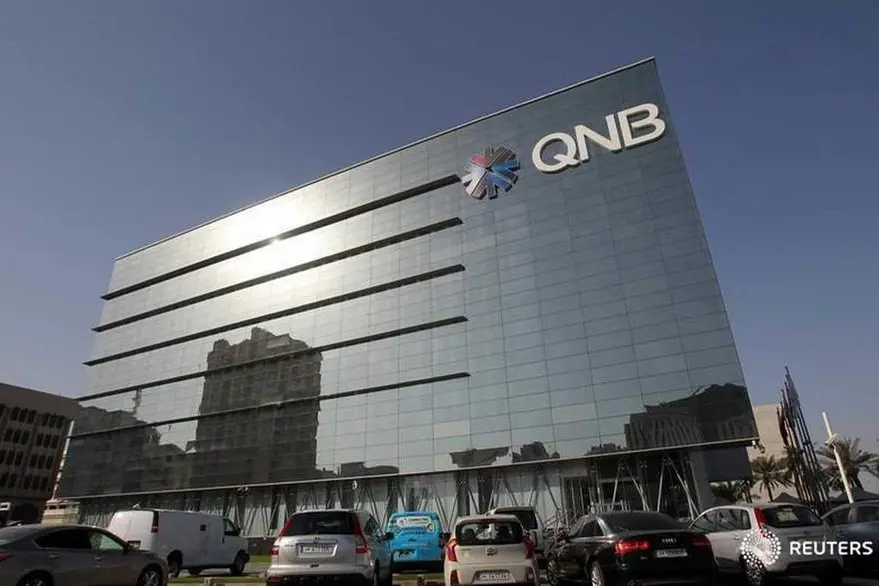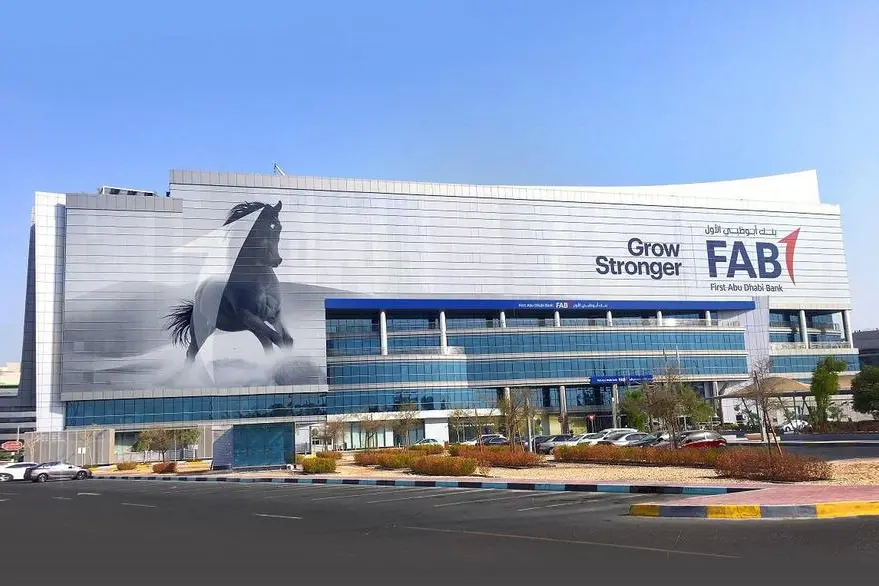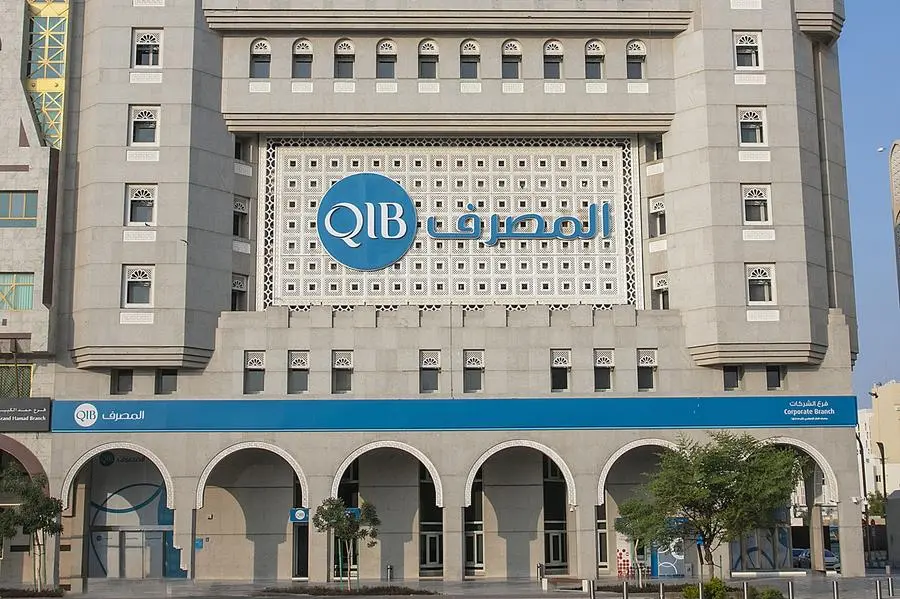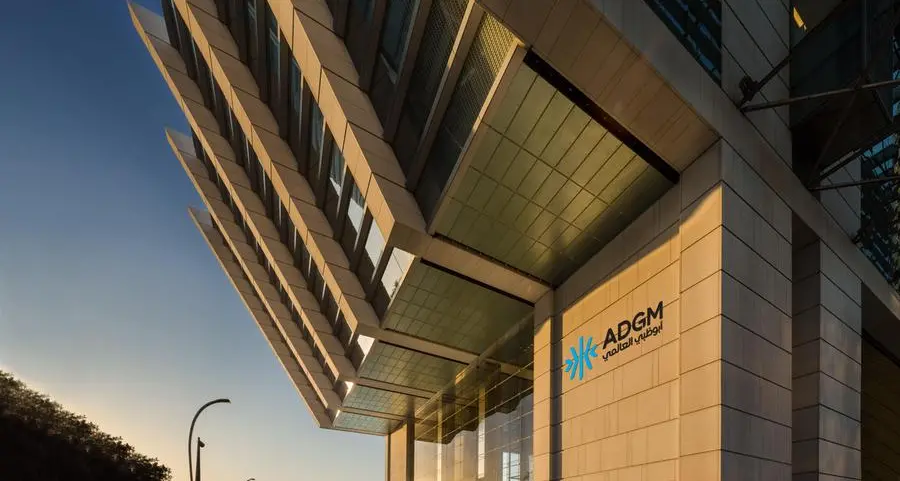18 March 2009
Jordan is laying the foundations for a new modern railway network in a bid to increase cargo and passenger flows and expand trade volumes with its neighbours.
Jordan's Ministry of Transport (MoT) released a preliminary study in January 2009 estimating the cost of internal railway development at JD4bn ($5.7bn), including JD2.2bn ($3.1bn) to cover compensation for land and train car acquisition as well as construction of rail tracks. According to Alaa Batayneh, then-minister of transport, the government has specifically allocated JD100m ($141.7m) as compensation for the acquisition of land, a third of which is privately owned.
With the country seeking to become a hub for transport to the Levant, Iraq and beyond, rail will prove vital. "Jordan needs to develop its railway infrastructure. Without rail it cannot play a serious role as an active hub to the region," Ibrahim Naouri, the chairman of Naouri Group, a Jordan-based transportation and logistics services company, told OBG.
The study consisted of three main aspects: a detailed design for the project, an examination of space on both sides of the railway (estimated to be 40 metres) and an environmental assessment that included geotechnical studies. Batayneh had told local media that he expected detailed figures for the railway plan to be finalised later this year.
Given the relative protection Jordan has enjoyed from the subprime crisis, it is unlikely that the slowdown will dramatically impact the project's timeline. "We should see tenders for railway projects being announced in the latter part of 2009," said Naouri.
Initial details of the railway development strategy had already been presented in May 2008 by Abdallah Malkawi, the director of administrative and financial affairs at the MoT, during the Regional Assembly of the International Union of Railways in Amman.
The proposed network will consist of two core standard-gauge (1435 mm) lines. The North-South Railway, estimated at 564 km, will run from the Syrian border to Aqaba through the cities of Mafraq, Zarqa, Amman and Maan. The East-West Railway is expected to run 482 km from Irbid to the Iraqi border through Mafraq and Zarqa, with an additional line extending to the Saudi Arabian border. The network will be capable of handling speeds of up to 120 km/hr for freight cargo and 160 km/hr for passenger trains.
Three essential freight traffic flows would be bolstered by the new cross-country network: crude oil and product imports from Aqaba to Zarqa; phosphate for export from Shidiya to Aqaba; and transit movements from Syria and beyond to Saudi Arabia and the Gulf Cooperation Council.
The network would also provide additional capacity for a variety of other traffic, including grain imports from Aqaba to Jweideh and container traffic from Aqaba to Amman, Mafraq Special Economic Zone and the Syrian and Iraqi borders.
Jordan's current rail network is fairly limited, consisting of two narrow-gauge (1050 mm) railways, the Jordan Hejaz Railway (JHR) and the Aqaba Railway Corporation (ARC). The JHR covers only 217 km and handles minimal traffic, with two weekly passenger trains between Amman and Damascus as well as freight, tourist and school trains on request. The ARC has 293 km of rail lines, which are primarily limited to transporting phosphate from the mines to Aqaba port.
The revamped network will likely provide a comprehensive boost to Jordan's position as a trans-shipment destination, particularly in terms of Iraq-bound traffic. Today, around 4% of the cargo coming into Jordan is bound for Iraq, although exact numbers are difficult to gauge due to some goods being repackaged or reworked in Jordan.
Speaking with OBG, Naouri predicted that by the end of 2009, with the continued stabilisation of Iraq, about 50-60% of all inbound traffic to Jordan would be Iraqi-bound cargo. "The key for further long-term growth is to develop railway links between Iraq and Jordan," he said.
Aqaba, the country's only port, stands to benefit significantly from the development of rail links, both in terms of incoming and outgoing cargo. Imad Fakhoury, the CEO of Aqaba Development Corporation, told OBG, "The national railway network has been designed to connect with the port in Aqaba, and Aqaba will be a key part of the national network to increase the region's value as a multimodal logistical gateway for the Levant region and the wider Middle East."
Indeed, Fakhoury emphasised that rail has always been part of the grand vision for Aqaba. "We designed the 30-year master plans for the ports, airport, industrial zones and logistics areas to incorporate the locations where the railways are going to come. The corridors have been reserved and the connection points to the southern ports and the container port have been established," he said.
Additionally, in May 2008 the government awarded a $332m, 30-year concession to Spain's Ineco-Tifsa and a Kuwaiti partner to connect the country's two largest cities, Amman and Zarqa, with a new commuter rail link. The concession is on a build-operate-transfer basis, and is scheduled to be operational in 2011. The Amman-Zarqa Inter Urban Light Rail Line will be a 26-km, standard-gauge line with 12 stops, and is expected to transport up to 100,000 people per day, according to figures from the MoT.
The Spanish-Kuwaiti consortium was awarded the contract after the previous winning bid, a joint Chinese-Pakistani-Jordanian proposal, ran into legal difficulties in the beginning of 2008.
With plans to modernise its infrastructure and develop its position as a transit hub for the region, as well as increase trade opportunities with neighbours and cement the strategic position of Aqaba, Jordan is set to get on a new track.
Jordan is laying the foundations for a new modern railway network in a bid to increase cargo and passenger flows and expand trade volumes with its neighbours.
Jordan's Ministry of Transport (MoT) released a preliminary study in January 2009 estimating the cost of internal railway development at JD4bn ($5.7bn), including JD2.2bn ($3.1bn) to cover compensation for land and train car acquisition as well as construction of rail tracks. According to Alaa Batayneh, then-minister of transport, the government has specifically allocated JD100m ($141.7m) as compensation for the acquisition of land, a third of which is privately owned.
With the country seeking to become a hub for transport to the Levant, Iraq and beyond, rail will prove vital. "Jordan needs to develop its railway infrastructure. Without rail it cannot play a serious role as an active hub to the region," Ibrahim Naouri, the chairman of Naouri Group, a Jordan-based transportation and logistics services company, told OBG.
The study consisted of three main aspects: a detailed design for the project, an examination of space on both sides of the railway (estimated to be 40 metres) and an environmental assessment that included geotechnical studies. Batayneh had told local media that he expected detailed figures for the railway plan to be finalised later this year.
Given the relative protection Jordan has enjoyed from the subprime crisis, it is unlikely that the slowdown will dramatically impact the project's timeline. "We should see tenders for railway projects being announced in the latter part of 2009," said Naouri.
Initial details of the railway development strategy had already been presented in May 2008 by Abdallah Malkawi, the director of administrative and financial affairs at the MoT, during the Regional Assembly of the International Union of Railways in Amman.
The proposed network will consist of two core standard-gauge (1435 mm) lines. The North-South Railway, estimated at 564 km, will run from the Syrian border to Aqaba through the cities of Mafraq, Zarqa, Amman and Maan. The East-West Railway is expected to run 482 km from Irbid to the Iraqi border through Mafraq and Zarqa, with an additional line extending to the Saudi Arabian border. The network will be capable of handling speeds of up to 120 km/hr for freight cargo and 160 km/hr for passenger trains.
Three essential freight traffic flows would be bolstered by the new cross-country network: crude oil and product imports from Aqaba to Zarqa; phosphate for export from Shidiya to Aqaba; and transit movements from Syria and beyond to Saudi Arabia and the Gulf Cooperation Council.
The network would also provide additional capacity for a variety of other traffic, including grain imports from Aqaba to Jweideh and container traffic from Aqaba to Amman, Mafraq Special Economic Zone and the Syrian and Iraqi borders.
Jordan's current rail network is fairly limited, consisting of two narrow-gauge (1050 mm) railways, the Jordan Hejaz Railway (JHR) and the Aqaba Railway Corporation (ARC). The JHR covers only 217 km and handles minimal traffic, with two weekly passenger trains between Amman and Damascus as well as freight, tourist and school trains on request. The ARC has 293 km of rail lines, which are primarily limited to transporting phosphate from the mines to Aqaba port.
The revamped network will likely provide a comprehensive boost to Jordan's position as a trans-shipment destination, particularly in terms of Iraq-bound traffic. Today, around 4% of the cargo coming into Jordan is bound for Iraq, although exact numbers are difficult to gauge due to some goods being repackaged or reworked in Jordan.
Speaking with OBG, Naouri predicted that by the end of 2009, with the continued stabilisation of Iraq, about 50-60% of all inbound traffic to Jordan would be Iraqi-bound cargo. "The key for further long-term growth is to develop railway links between Iraq and Jordan," he said.
Aqaba, the country's only port, stands to benefit significantly from the development of rail links, both in terms of incoming and outgoing cargo. Imad Fakhoury, the CEO of Aqaba Development Corporation, told OBG, "The national railway network has been designed to connect with the port in Aqaba, and Aqaba will be a key part of the national network to increase the region's value as a multimodal logistical gateway for the Levant region and the wider Middle East."
Indeed, Fakhoury emphasised that rail has always been part of the grand vision for Aqaba. "We designed the 30-year master plans for the ports, airport, industrial zones and logistics areas to incorporate the locations where the railways are going to come. The corridors have been reserved and the connection points to the southern ports and the container port have been established," he said.
Additionally, in May 2008 the government awarded a $332m, 30-year concession to Spain's Ineco-Tifsa and a Kuwaiti partner to connect the country's two largest cities, Amman and Zarqa, with a new commuter rail link. The concession is on a build-operate-transfer basis, and is scheduled to be operational in 2011. The Amman-Zarqa Inter Urban Light Rail Line will be a 26-km, standard-gauge line with 12 stops, and is expected to transport up to 100,000 people per day, according to figures from the MoT.
The Spanish-Kuwaiti consortium was awarded the contract after the previous winning bid, a joint Chinese-Pakistani-Jordanian proposal, ran into legal difficulties in the beginning of 2008.
With plans to modernise its infrastructure and develop its position as a transit hub for the region, as well as increase trade opportunities with neighbours and cement the strategic position of Aqaba, Jordan is set to get on a new track.
© Oxford Business Group 2009
